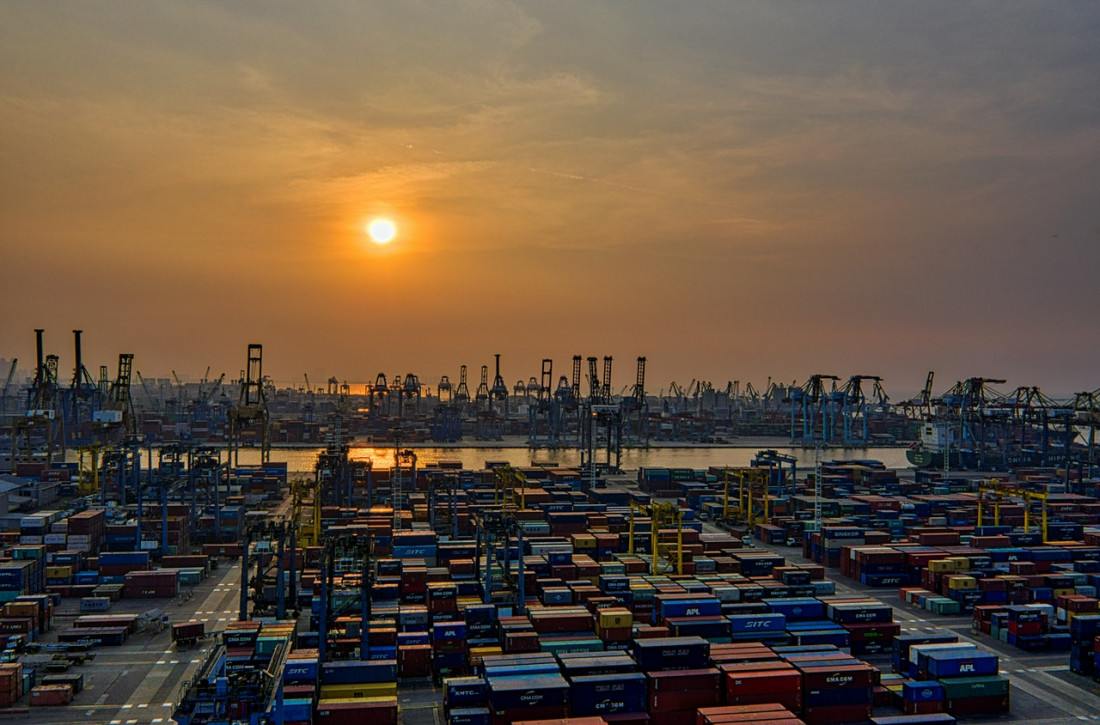Today’s chemicals industry is in a healthy position. It is growing steadily at a global rate of about 5%, oil prices have hit a ten year low, the US and UK economies are showing signs of recovery and the market is expected to double in value from today’s €2.5 trillion to more than €5 trillion by 2030.
It seems that there are good times ahead; time to supplement the pension pot and still hire more staff. And yet, there are grey clouds on the horizon.
These clouds come in a variety of forms, but include the following;
- unstable oil prices
- shorter product life spans
- increasingly limited access to raw materials
- increasing influence of being environmentally friendly, including new ‘green’ legislation
- majority of growth is in Asia (whilst Europe will experience only 2% expansion)
In many ways, it is amazing that an industry under so many social and economic constraints could still be expected to double in size in our lifetimes. As Alexander Keller, partner at Roland Berger Strategy Consultants states, “Despite greater volatility in the chemicals market over the past two years, the global chemicals market will continue to grow. This growth will be driven to a disproportionately large extent by the Asian and special chemicals markets, which will also shape the future of the chemicals industry.” Keller explains further, by noting that 43% of growth will be in Asia, specifically from the increasing demand for plastics and speciality chemical products.
So what can we expect to see in the chemicals market of 2030?
There will be a number of major challenges to face in the market of the future, as it is expected that there will be much smaller margins, caused by higher costs. This will be due to a number of factors but will include;
- increased energy costs, as population growth outstrips increases in production
- restricted access to raw materials, as natural resources become harder to find
- greater emphasis on sustainability, including national and international legislation regarding the environment, ethical sourcing of materials and responsible disposal and treatment of waste products
It is also expected that there will be increased competition in the market that will further reduce margins. This will be a result of population growth and the expansion of the industry in regions that previously produced little or no chemical products. As countries in Africa, South America and South East Asia, that had limited infrastructure and technological know-how thirty years ago, become increasingly competitive. They will be better placed to access raw materials and have newer and more modern manufacturing plants, as well as being closer to expanding markets.
This will be particularly true for companies that are focused on special chemical segments, such as flavours and fragrances. Businesses in these sectors will face competition from big brand names, huge customer portfolios and innovative product technologies. As Keller explains, “There is fierce competition in this specialized market segment – driven by significant customer orientation. Furthermore, Asian investors are acquiring more and more companies in Western countries to gain easier access to these companies’ technologies and customers.”
This is an opinion backed up by business analysts at IHS who note that “During the last ten years, the specialty chemicals industry has experienced slower growth and lower overall profitability within a more competitive environment. The predicted growth rates for 2013–2018 are 2% for the three major regions (North America, Western Europe and Japan), and 3.8% on a global basis.”
How should businesses react?
As a result of these changes, successful businesses must adapt their current practices to meet the challenges ahead. Keller predicts that there will be three possible scenarios for the chemical industry of the future, these are;
- Global prosperity: If there is enormous market growth, across all sectors, with a market value in excess of €6 trillion by 2030, through population growth and increased consumerism, successful businesses will be those who innovate and employ cutting edge technology. To match these demands, research must be a prime focus of attention for today’s companies.
- Stability in the West: This scenario assumes that mature markets will experience only moderate growth, and that the majority of market expansion will be in newer markets, such as South East Asia and Africa. In this scenario, the market value will be €5 trillion. Here firms are advised to focus on improving efficiency (including recycling) in North America and Europe.
- A Regionalized World: In this scenario, it is thought that growth in mature markets will stagnate, and that there will be only moderate growth in emerging markets. If this happens, firms are advised to focus on regionalised production and cost reduction. R&D will also be limited, so there will be less focus on innovation.
Making changes to proven successful strategies can be scary and are certainly hard work, but if new industry trends are to be matched and new markets tapped, then it is vital that firms adjust. Remember, the industry will more than double in value in our lifetimes. That means that there is an estimated €2.5 trillion of business to be captured, but only for those who realign their practices.
Yes, there are grey clouds on the horizon, but we have already sailed through the storm clouds of the economic crisis. In the chemicals industry only the strongest and most business aware will survive, and when it comes to seeing the future, a certainty like that becomes quite comforting.

